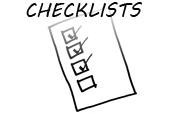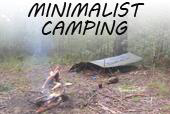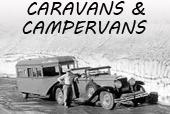Are you a novice turkey hunter who would like to improve your shotgun skills? When it comes to successful turkey hunting skills, there are many small considerations that you can take that can help you take successful aim at your prey. Here are some tips for improving your turkey hunting skills.
Prepare for Optimal Turkey Hunting Circumstances
Before you prepare to take aim, take the time to set up the right kinds of circumstances for success. Spend the day before you go hunting scouting out the location. Late afternoon is a good time to go turkey scouting. What exactly are you looking for? Look for signs of turkey activity, including, most importantly, turkey sounds. You will want to scout at least until nightfall. When it is dark, turkeys will fly up into the trees to roost for the night. They do this in the evening, close to dark. If you think you may have missed seeing the turkeys going to roost, but you suspect that they are up there in those darkened boughs, you can elicit a response by hooting like an owl or crowing like a bird. This is a good way to get a response from nearby turkeys. However, if you do not hear anything, do not despair. This does not mean that there are no turkeys up in the trees—they may be simply fast asleep or not in your immediate area of the woods. However, if you do hear a response, this means that you have successfully set up your hunting area for the next day. If you are able to make it a practice to note where the turkeys are roosting, you are much more likely to experience a fruitful hunting season the next day.
Finding the Perfect Location to Take Aim
One of the most successful parts of setting yourself up for turkey hunting success is to learn to use effective calling in a the right location. Cultivating a good box call or slate call is a great way to scout for turkeys. Let us say that it seems you have perfected the perfect yelp for attracting male turkeys. Where should you be in relation to the turkey in order to get the best possible shooting position? The best location you can find should ideally find you on equal elevation between you and the gobbler. Avoid calling a gobbler uphill. Calling a turkey downhill is usually not very productive, either.
Shooting Practice Pays Off in the Woods
Do not assume that your shotgun will allow you to shoot and hit every gobbler that comes your way. Your goal is not to wound or cripple a bird, which is what can potentially happen if you neglect to pattern your shotgun before the hunt. Before heading out to the woods, practice patterning your shotgun at 30 to 40 yards. You will ideally want to practice with a large piece of paper using a turkey head target. This will allow you to see the heart of your shotgun’s pattern. Practice using different shot sizes, including 4, 5, or 6 shot. You will, of course, also want to practice judging distance. Using a decoy can also provide good shooting practice. You may want to place the decoy at a fair distance to help determine range. Don’t be afraid to practice with aids, even if you have never tried these before. Colored beads, two-power scopes and laser dots can help eliminate misses.
Aiming to Hit – Tips that Get Results
Here are some general tips that can help you get the best possible shooting aim at all times. One of the most adequate types of shots can be had with a tightly choked 12 gauge with a number 6 premiums, and a 2-¾ inch of shot. This is a good choice for clean kills under 50 yards.












